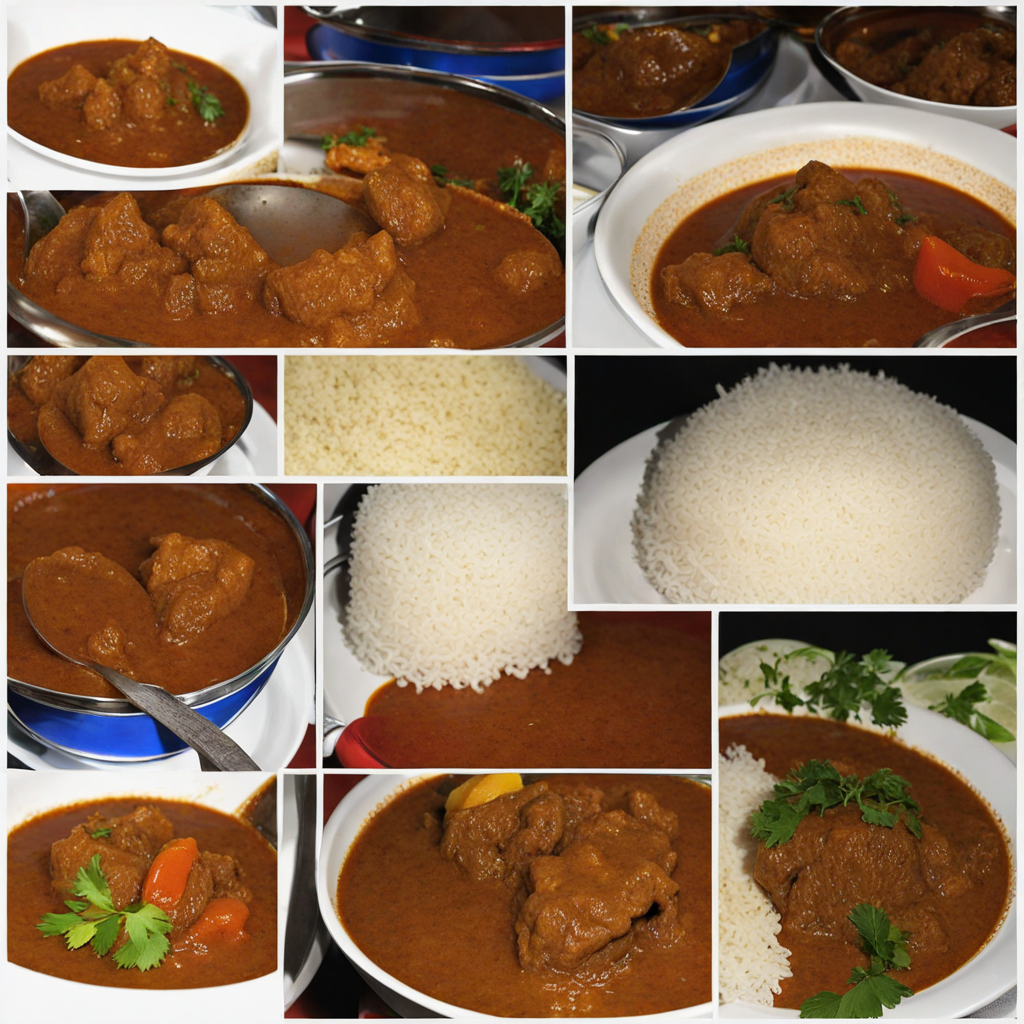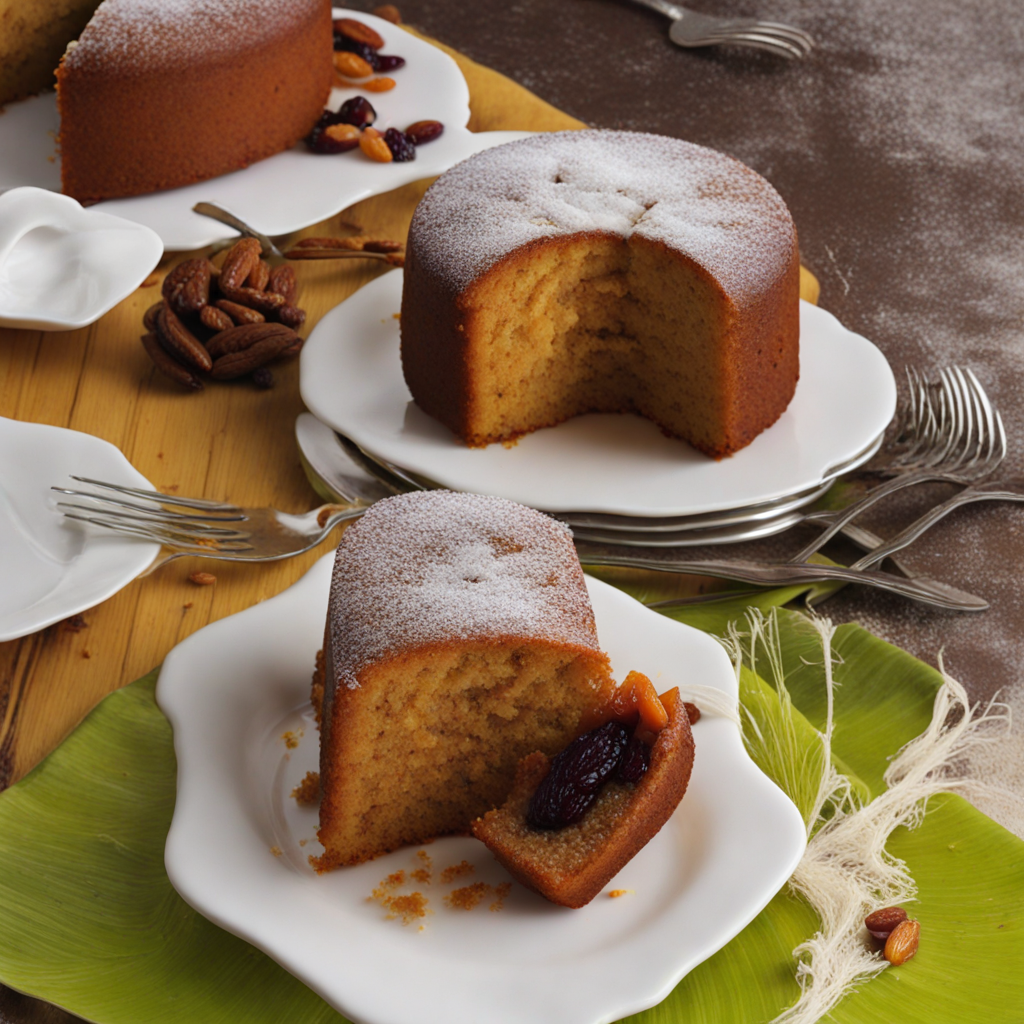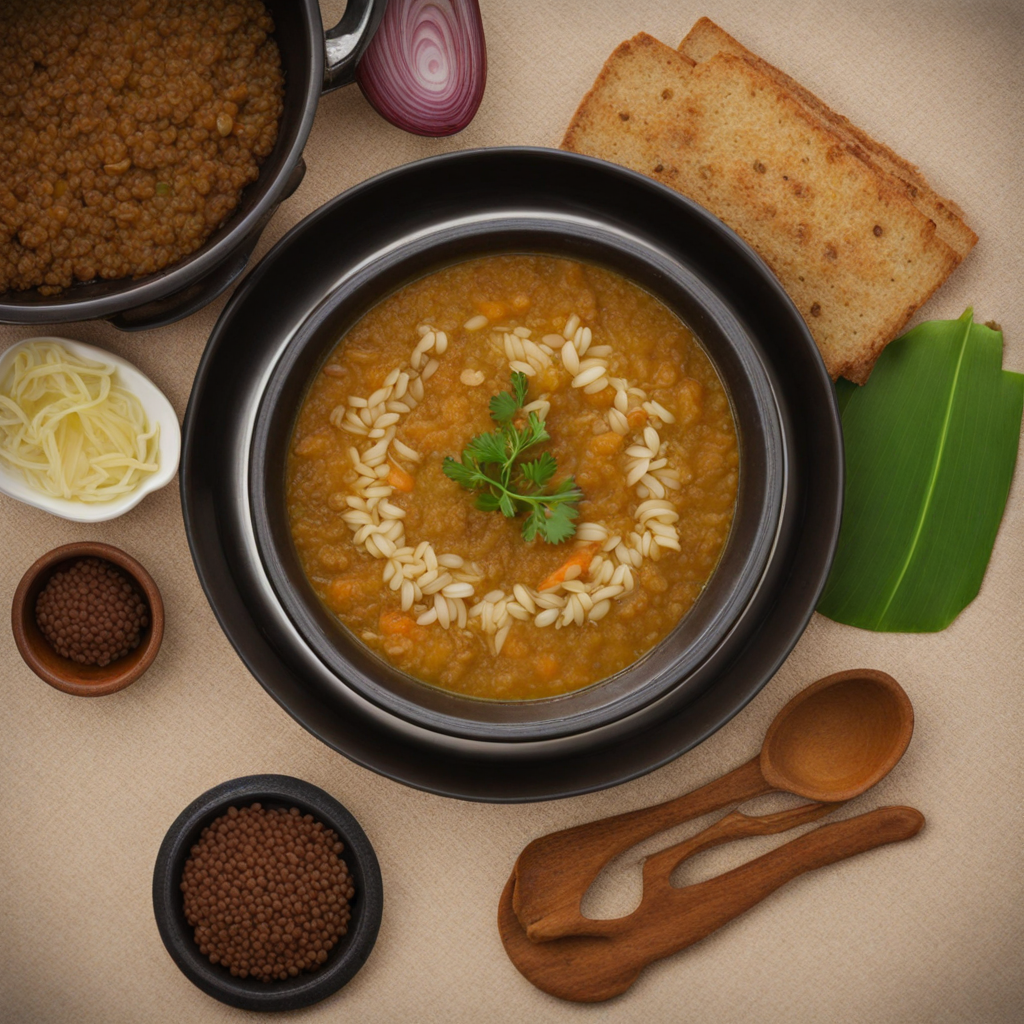Beef Curry
Beef Curry from Mauritius is a tantalizing dish that embodies the island's rich cultural tapestry, blending Indian, African, and French influences. The dish typically features tender chunks of beef slow-cooked in a fragrant and aromatic curry sauce, infused with an array of spices such as cumin, coriander, turmeric, and garam masala. These spices create a warm and inviting flavor profile that awakens the senses, while the addition of garlic, ginger, and onions adds depth and complexity to the overall taste. Each bite offers a delightful medley of flavors, perfectly balanced and layered, making it a truly unique culinary experience. The sauce of Beef Curry is often enhanced with ingredients like tomatoes and coconut milk, which contribute a rich creaminess that complements the robust spices. This luscious sauce envelops the beef, ensuring that every morsel is succulent and packed with flavor. Depending on regional variations, some cooks may add vegetables such as potatoes or carrots, which not only enhance the dish's nutritional value but also add a pleasing texture and sweetness to the curry. The dish is often served with steamed rice or flatbreads, allowing diners to savor every drop of the delightful sauce. What makes Mauritius Beef Curry particularly special is the way it reflects the island's multicultural identity. Each family may have its own secret recipe, passed down through generations, which adds a personal touch to the dish. The experience of enjoying this curry is not just about the food itself but also about the stories and traditions that come with it. Whether enjoyed at a lively gathering or a quiet meal at home, Beef Curry encapsulates the spirit of Mauritius, inviting you to explore its vibrant flavors and rich heritage.
How It Became This Dish
The Rich History of Kari Bef: Mauritius' Culinary Gem Kari Bef, a beloved dish from Mauritius, is a fragrant curry made primarily with beef, and it embodies the island's diverse cultural heritage. The name itself, "Kari Bef," is derived from the Tamil word "kari," meaning curry, and "bef," a colloquial term for beef in Mauritian Creole. This dish not only tantalizes the taste buds but also tells a story of the island's history, migration patterns, and the blending of cultures that make Mauritius a unique culinary nexus. #### Origins: A Melting Pot of Cultures Mauritius, located in the Indian Ocean, has a rich history shaped by various waves of migration and colonization. The island was first inhabited by the Dutch in the 17th century, but it was the French and British colonial periods that significantly influenced its culinary landscape. The French introduced their cuisine, while the British brought their own culinary traditions, including the use of spices and ingredients from India. The introduction of Indian laborers in the 19th century marked a pivotal moment in the island's food history. These workers, primarily Tamil and Hindi-speaking, brought with them the vibrant flavors of their homeland. Spices such as turmeric, coriander, and cumin became staples in Mauritian kitchens, and the preparation of curry dishes gained popularity, particularly among the Creole and Indian communities. Kari Bef emerged as a direct result of this cultural convergence. The influence of Indian cooking techniques and spices combined with local ingredients led to the creation of a dish that was both hearty and full of flavor. The use of beef, however, is particularly significant, as it reflects the island's unique culinary identity. While vegetarian curries are prevalent in Indian cuisine, Kari Bef showcases the Mauritian adaptation, blending Indian methods with local tastes. #### Cultural Significance: More than Just a Meal Kari Bef is deeply woven into the social fabric of Mauritius. It is more than just a dish; it is a symbol of hospitality and community. Traditionally, it is served during family gatherings, wedding celebrations, and festivals, where it is often accompanied by rice and various sides like pickles and chutneys. The preparation of Kari Bef is often a communal activity—family members come together, sharing stories and laughter as they cook. The significance of Kari Bef extends beyond family gatherings to the broader Mauritian society. It represents the island's multicultural identity, with its blend of Indian, African, and European influences. In a country where over 60% of the population is of Indian descent, the dish serves as a culinary bridge, connecting people from various backgrounds and fostering a sense of unity. Moreover, Kari Bef also showcases the Mauritian ethos of adaptability. Ingredients are not fixed; locals often use whatever is available, which has led to numerous variations of the dish. Some may incorporate coconut milk for a richer flavor, while others might add seasonal vegetables. This flexibility is reflective of the Mauritian spirit, where culinary traditions evolve while still preserving their core essence. #### Development Over Time: A Culinary Evolution As Mauritius transitioned from a colonial outpost to an independent nation in 1968, its culinary landscape continued to evolve. The island's increasing global prominence brought new influences and ingredients, allowing Kari Bef to adapt and thrive. Today, it is not uncommon to find Kari Bef on the menus of upscale restaurants as well as in the homes of locals. This evolution highlights the dish's versatility and enduring appeal. In recent years, there has been a resurgence of interest in traditional Mauritian cuisine, driven by a new generation of chefs who are passionate about preserving and reinventing their culinary heritage. These chefs often take a modern approach to Kari Bef while respecting its roots. They experiment with presentation, using techniques inspired by global gastronomy, while maintaining the authentic flavors that people cherish. The rise of the farm-to-table movement has also influenced the preparation of Kari Bef. Chefs are increasingly sourcing local, organic ingredients, highlighting the island’s rich agricultural landscape. This trend not only enhances the flavor of the dish but also supports local farmers and promotes sustainability. With the advent of the digital age, social media has played a crucial role in popularizing Kari Bef beyond Mauritius. Food bloggers and influencers showcase the dish, sharing recipes and stories that highlight its cultural significance. This visibility has attracted the interest of food enthusiasts worldwide, fostering a greater appreciation for Mauritian cuisine. #### Conclusion: A Dish of Identity Kari Bef is more than just a culinary delight; it is a reflection of Mauritius' history, culture, and identity. Born from the confluence of diverse influences, it embodies the island's spirit of adaptability and resilience. As Mauritians continue to celebrate and innovate around this cherished dish, Kari Bef remains a testament to the power of food in bringing people together. Whether enjoyed at a bustling family gathering or in a fine dining establishment, Kari Bef serves as a reminder of the rich tapestry of cultures that comprise Mauritian society. It is a dish that tells a story—one of migration, adaptation, and unity—and continues to be a symbol of the island's vibrant culinary heritage. As Mauritius moves forward, Kari Bef will undoubtedly remain a beloved staple, inviting both locals and visitors alike to experience the essence of this remarkable island through its flavors.
You may like
Discover local flavors from Mauritius







